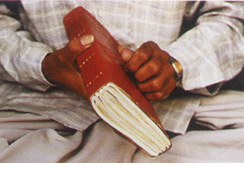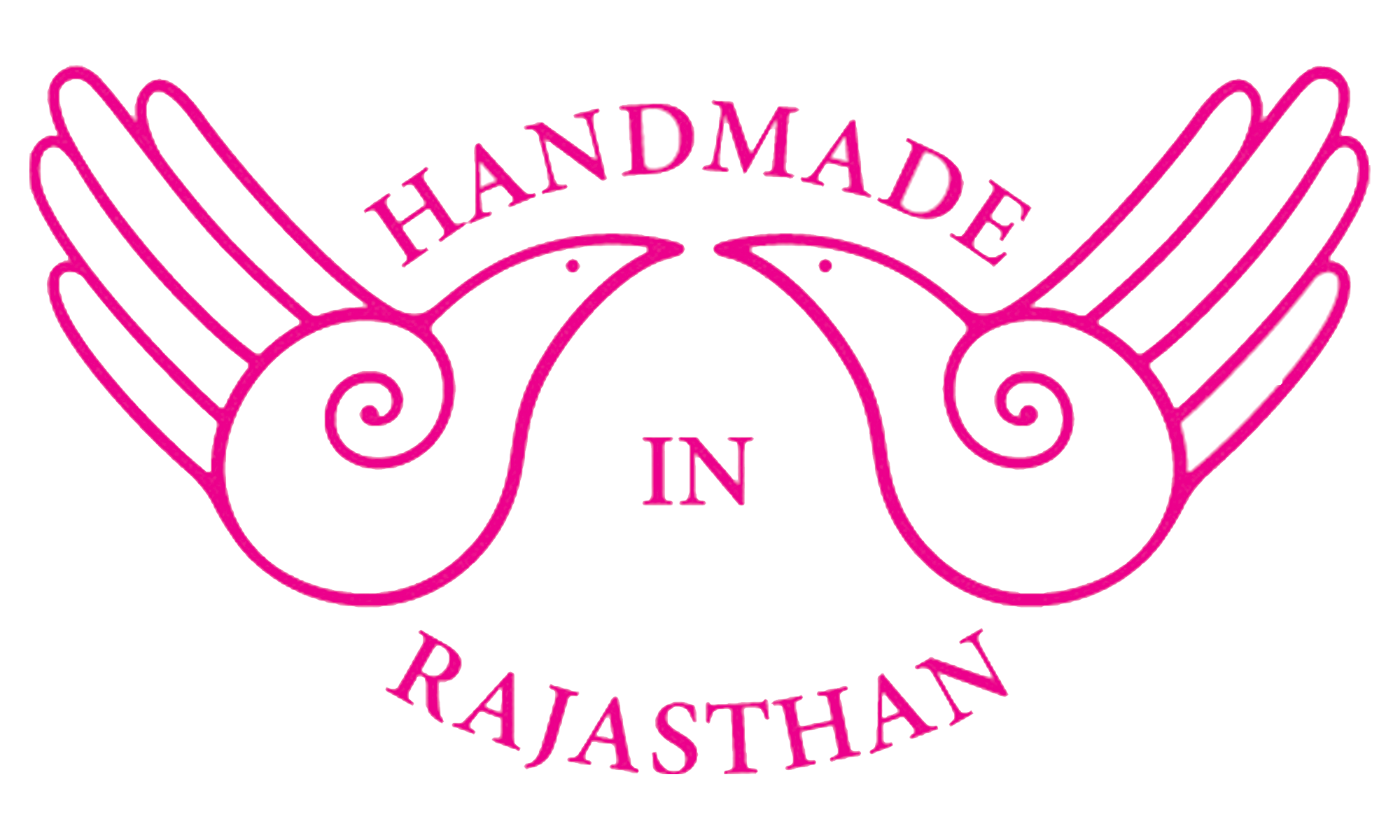- Home
- About US
- Art and Craft
- Artisans
- Master Crafts Persons
- Supporting Institutions
- News and Events
- Schemes
- Contact us
- Contact

Bahi are hand bound accounting books, the white and yellow pages of which are horizontally creased at specific intervals to create columns. Although these creases were once manually executed they are now machine pressed in bulk; similarly the previously hand-quilted cover is now machine stitched in bold white thread. The cover is invariably in traditional red color, believed to be auspicious due to its association with lakshmi, the goddess of wealth; this association is restated in the second leaf of the bahi where a hymn, the words Shubh-Labh, ‘good luck’, and an image of the goddess are printed. The cover is bordered with green, yellow and blue striped niwar, or nylon tape, in order to prevent the edges from fraying through frequent usage.
In Udaipur, the craftsmen have adapted for urban consumers tourists and the export market and they have developed a wide range of hand bound books-the covers may be made of stitched lines, leather, zari-fabric, silk and printed cotton while the paper used may be handmade paper with flowers, threads, rice paper or machine produced paper.

